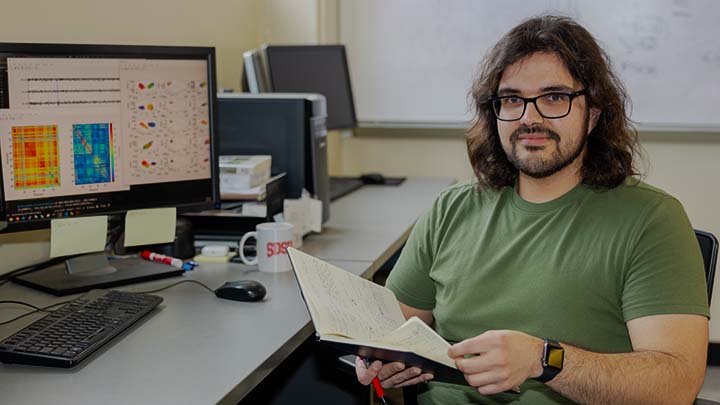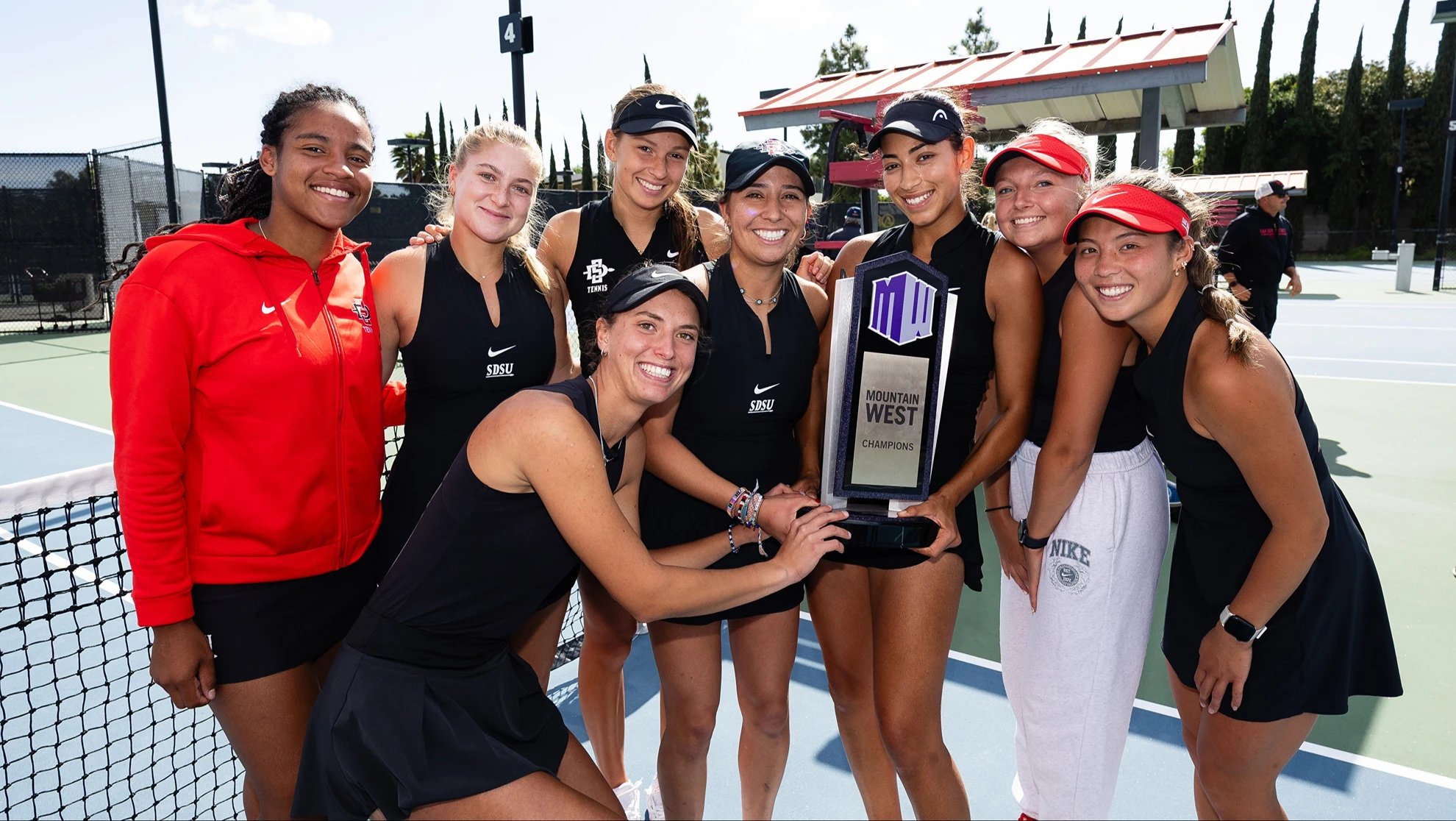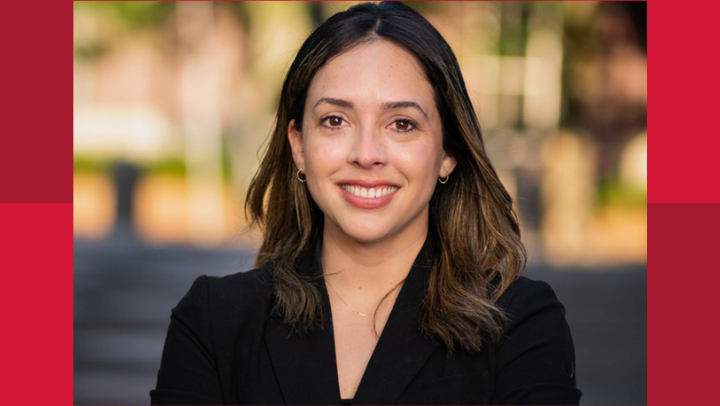Graduate’s ‘unwavering determination’ zeroes in on biotech research
SDSU’s R1 classification rests on the work of such students as Daniel Valencia and his mentors, looking into brain activity and computer interfaces.

As an incoming, first-gen San Diego State University student back in January 2011, Daniel Valencia figured he’d travel the typical undergraduate route: get a degree, snag a job.
Then research happened. Now he’s a newly minted Ph.D. with extensive experience in brain-computer interfaces, or BCI, a rapidly evolving field of biotechnology that is helping to restore movement and communication to people with physical and neurological disabilities.
Early on, Valencia happened to spot the equivalent of a “help wanted” ad seeking students for a summer undergraduate research program, helping design digital circuits to implement a mathematical operation called the Fourier Transform. Which led to continuing research in the College of Engineering’s VLSI Design & Test Lab. Which led to a master’s degree in 2019 and the joint doctorate in electrical engineering with the University of California San Diego, completed in December.
Valencia has a far-higher-than-average 15 journal papers to his name produced during this run. He credits the head of the VLSI lab, professor Amir Alimohammad, and other mentors in the college for much of his success and his passion for BCI.
“The biggest thing was having so much support from them, not only just in terms of helping secure funding for the lab, but also just helping students realize their own potential,” Valencia said. “Being a first-generation college student I didn’t even know about grad school …. But with the professors extending a helping hand to the students, to say you can get involved with this research, they just open you up to more possibility and opportunity.”
Alimohammad feels just as admiring toward Valencia.
“Daniel's unwavering determination, exceptional discipline, and steadfast consistency have been the cornerstones of his remarkable academic journey,” he wrote by email in response to a request for a comment, “propelling his outstanding performance from undergraduate studies through to his master's and the attainment of his Ph.D. degree.”
Valencia’s achievements at SDSU personify the university’s newly bestowed R1 Carnegie classification, announced Feb. 13 and based partly upon the number of doctoral research degrees produced at SDSU. (The 2025 classification encompasses doctoral production through the 2022-23 academic year, so Valencia’s degree won’t count in the formula for SDSU until the next time around.)
In brain-computer interfaces, implanted devices read neural activity and analyze it. “Think of it like dropping a microphone in a room of neurons that are talking to each other,” Valencia explains. This activity can be translated into commands, typically relayed to computers or prosthetics.
Its applications for rehabilitation engineering include restoring useful functions to people with neuromuscular disorders, such as spinal cord injuries, controlling the actuation of a motor to drive a prosthetic limb, for instance, or to move a cursor on a computer screen. (There are noninvasive BCI systems as well.)
In the VLSI (very large-scale integration) lab, “what we work on mainly is the digital circuits that do that kind of processing,” Valencia said, “in terms of reading brain activity and then doing some kind of processing to make it more amenable to use in applications.”
His work in the lab was supported through a collaboration with the Center for Neurotechnology at the University of Washington, along with funding from the National Science Foundation and the University Graduate Fellowship from SDSU.
As he worked on his master’s degree and doctorate with the UCSD Jacobs School of Engineering, Valencia published 15 journal papers ― 13 as first author ― a highly productive rate. Some of that, he said, came between December 2016, when he finished his undergraduate work, and the beginning of the following fall semester “when I was just focused 100% on research, and just getting better at it.”
SDSU was the only school he applied to for his doctoral program.
Valencia grew up in South San Diego just east of Imperial Beach and still visits the College of Engineering daily for a funded research position, putting his education in digital circuit design to use on a project for associate professor Duy Nguyen involving wireless communications.
He would like to carry his BCI lab experience into an industry job for some “practical, real-world experience,” and then perhaps return to academia to teach.



